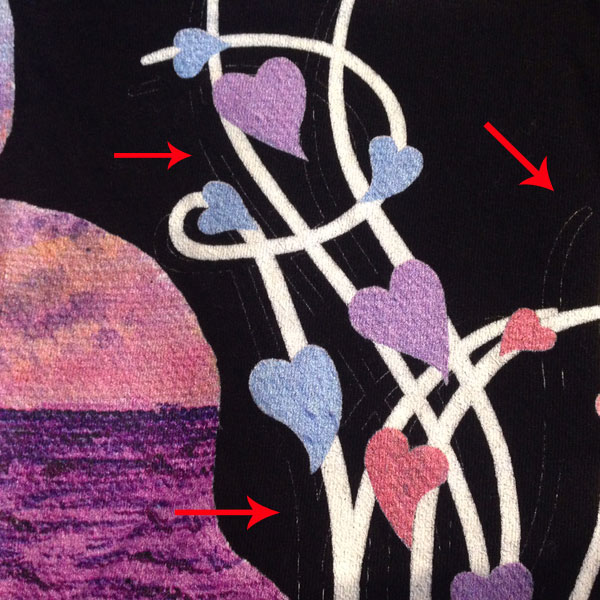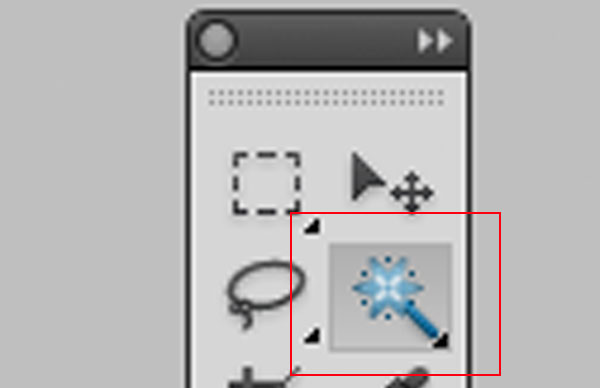Common DTG Printing Errors #1 - Invisible Pixels

When printing direct to garment (DTG) a white underboss is printed on dark garments by default. This white underbase is both the white of a design as well as the base layer before the color is printed on top. By adding the underbase the colors will be much more vibrant.
Below is an example of a clients artwork (who gave us permission to share her experience) that we printed on a black t-shirt. The client informed us that there were "extra marks" that looked like a print error on our part. These lines were not intended by the artist. While it is unfortunate that those extra pixels were printed it is not considered a misprint but art that wasn't cleaned up correctly and ready for print.
Here is what the artwork looks like in Photoshop. While it appears clean at first glance it is important to take a much closer look.
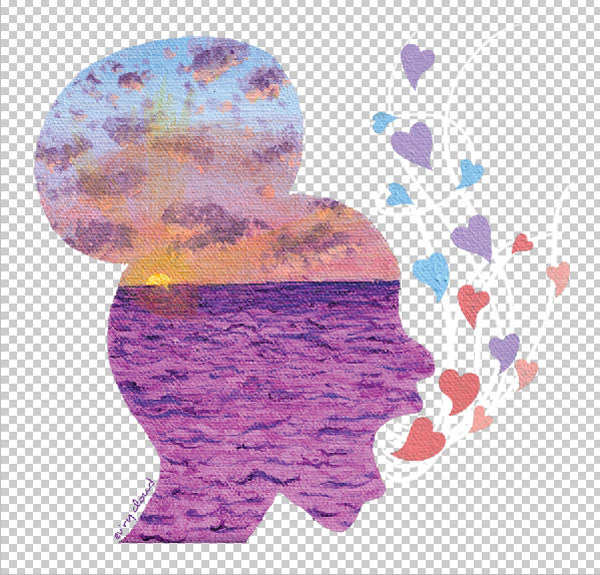
The first thing to do is to add a contrast color background to the image to see if anything sticks out. After adding the green background the image STILL looks clean, so where are those extra white lines from?
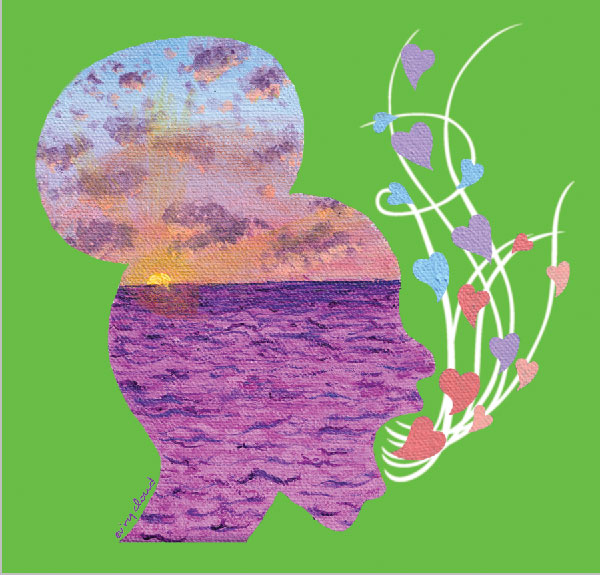
The next thing to check is by using the magic wand tool in Photoshop. Other graphic design programs should have similar tools. You can see the tool below.
When you use the Magic Wand tool on the image layer but outside the viewable layer you can see what looks like below. Again, the image looks clean, there doesn't seem to be any extra pixels anywhere at this level of zoom.
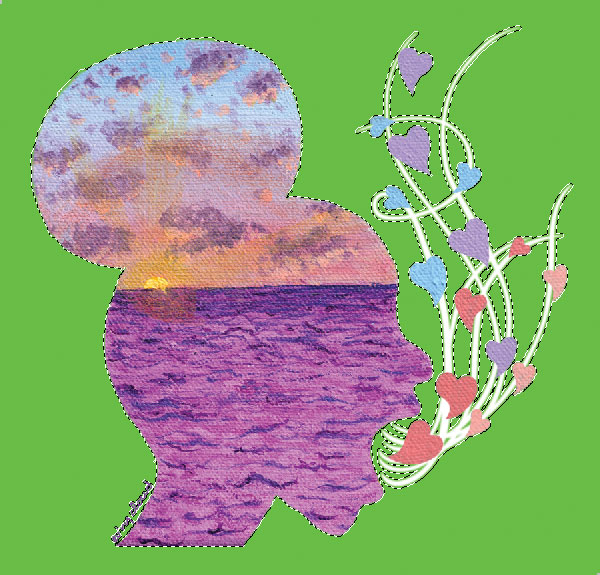
However, if you ZOOM in closer you can see how there are tons of extra pixels. The Magic Wand in this example at a tolerance of 30 picked up a lot of extra pixels. Our DTG printing machines will pick up these pixels and add the white underbase to anywhere there are pixels. So this is why the design printed the way it did.
Anytime you are using artwork that is not vector such as something that was created in other ways such as scanned art or other lower resolution art it is critical to examine the design closely to avoid bad looking final prints. We encourage artists to start with vector art to ensure a nice print with clean lines and extra pixels that may get printed. If you can't vectorize your artwork and need to remove the background we have created a guide to removing the background of your artwork.
